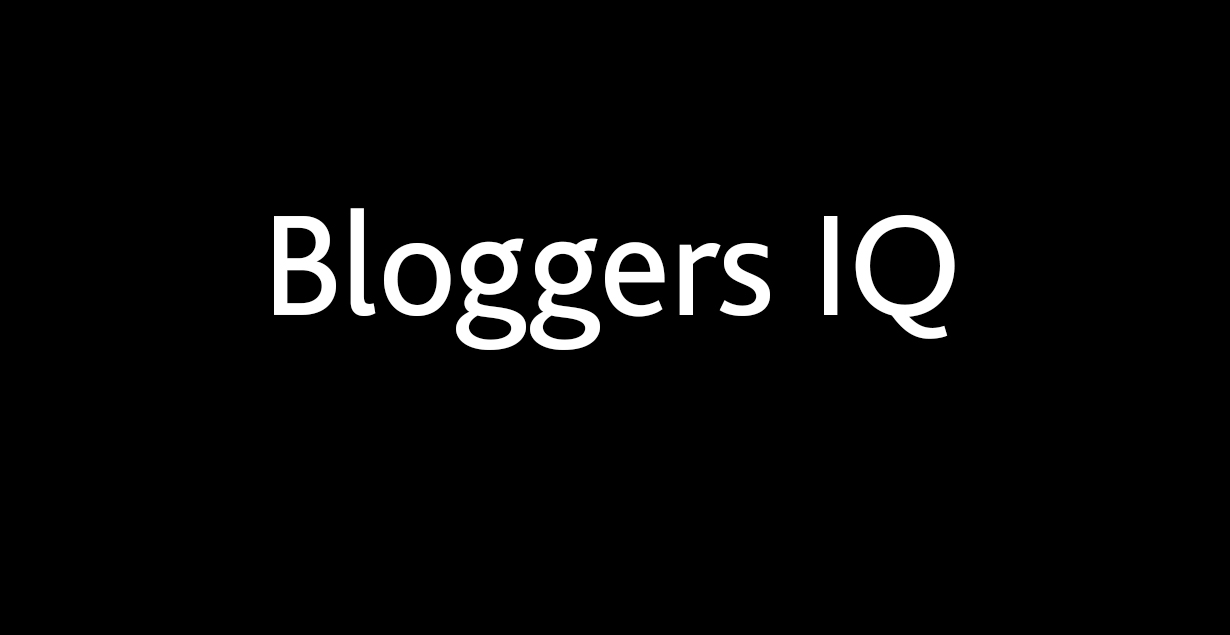BIM + Intelligent Buildings = Smart Outcomes
In its broadest sense, an intelligent building brings together a number of technologies with the specific goal of optimizing operational efficiency and providing an engaging, productive working environment for occupants.
Initially, the construction community assumed that providing an intelligent building meant installing a state of the art BMS. In recent times, this has evolved into a situation where all of the building’s sub-systems have become digital and consolidated onto a single building services network. This advance in horizontal (and sometimes vertical) integration has provided occupiers with a huge amount of data that can be harvested, analyzed and utilised to drive building efficiency and performance.
We have also witnessed the development of BIM and KnoHolEm which have beenintroduced with the aim of consolidating this growing wall of data into a coherent, living, breathing digital model that can be used to optimize a building’s construction and operation but my feeling is that we still haven’t seen anything yet.
The Internet of Things (IoT) will see the internet evolving from a network filled with data generated by people into one in which the majority of data originates from devices. Within a building, this means that the ability to connect and control objects and devices, whether a simple desk or an air conditioning unit, is innate. The key to realizing IoT based buildings is embracing the appropriate sensor technology. New types of sensor are rapidly becoming commonplace. They are very low-cost, ubiquitous, simple to operate and easy to add to the existing building services network.
As connected devices multiply, so too will the opportunities for apps to interact with the workspace in a multitude of productivity enhancing ways. Imagine being able to to ‘friend’ or ‘like’ a building that learns your personal space, environmental and team preferences. Before you left home, the building would assign you the most productive workspace, the optimal meeting room and reserve the resources you need, all before you arrive enabling a truly agile way of working.
The data these sensors and other intelligent building sub-systems provide, added to the analytics necessary to turn it into meaningful, decision-making information will be a crucial tool for FM and CRE professionals as they are pushed harder than ever to reduce cost and maximize the productivity of both people and assets.
BIM and the IoT will undoubtedly accelerate technological development and innovation. Buildings must and will become fully digital, interactive spaces and will be more suited to our productivity, wellbeing and comfort than we can possibly imagine – and very soon indeed; we are at an inflection point.
